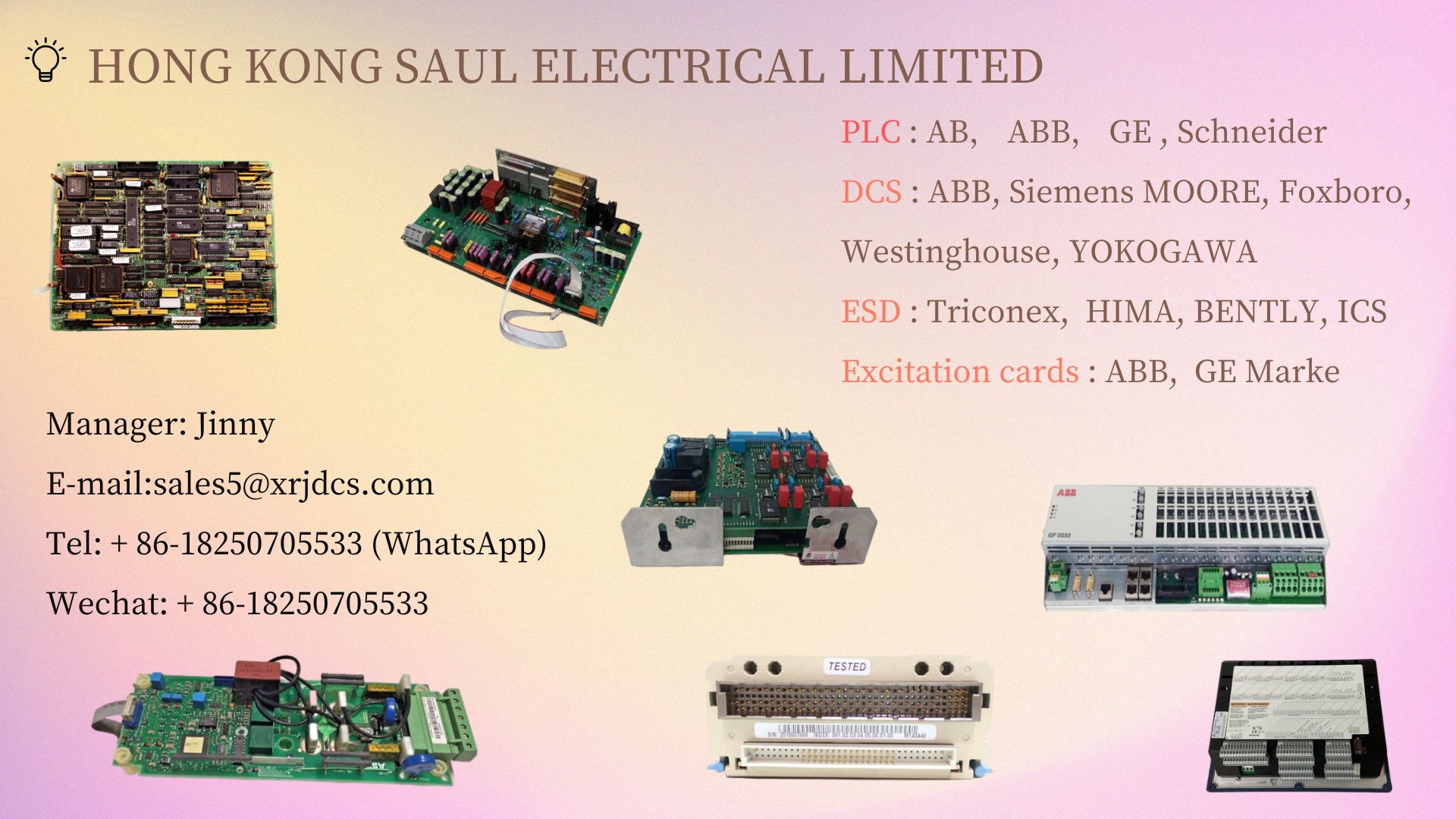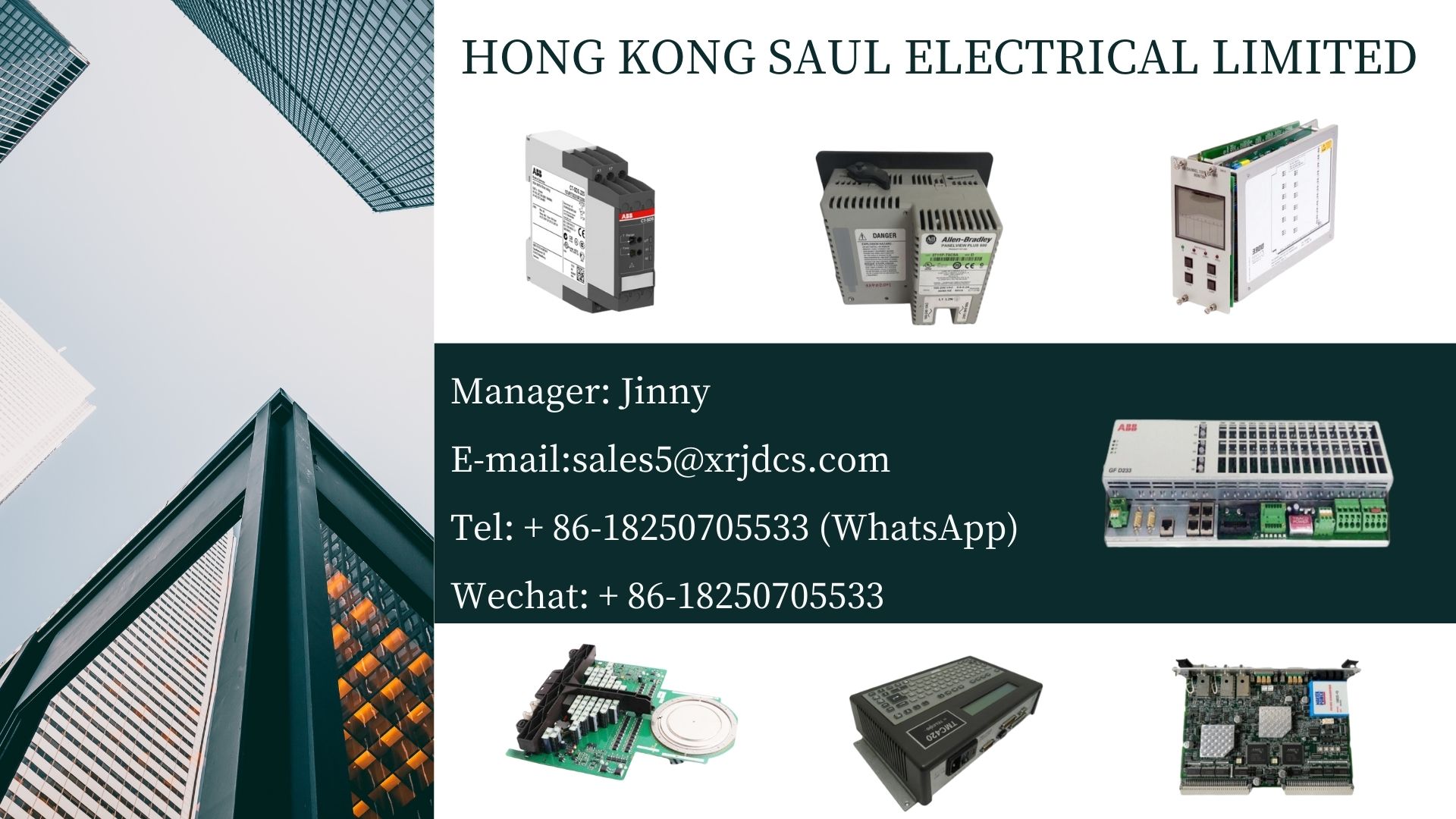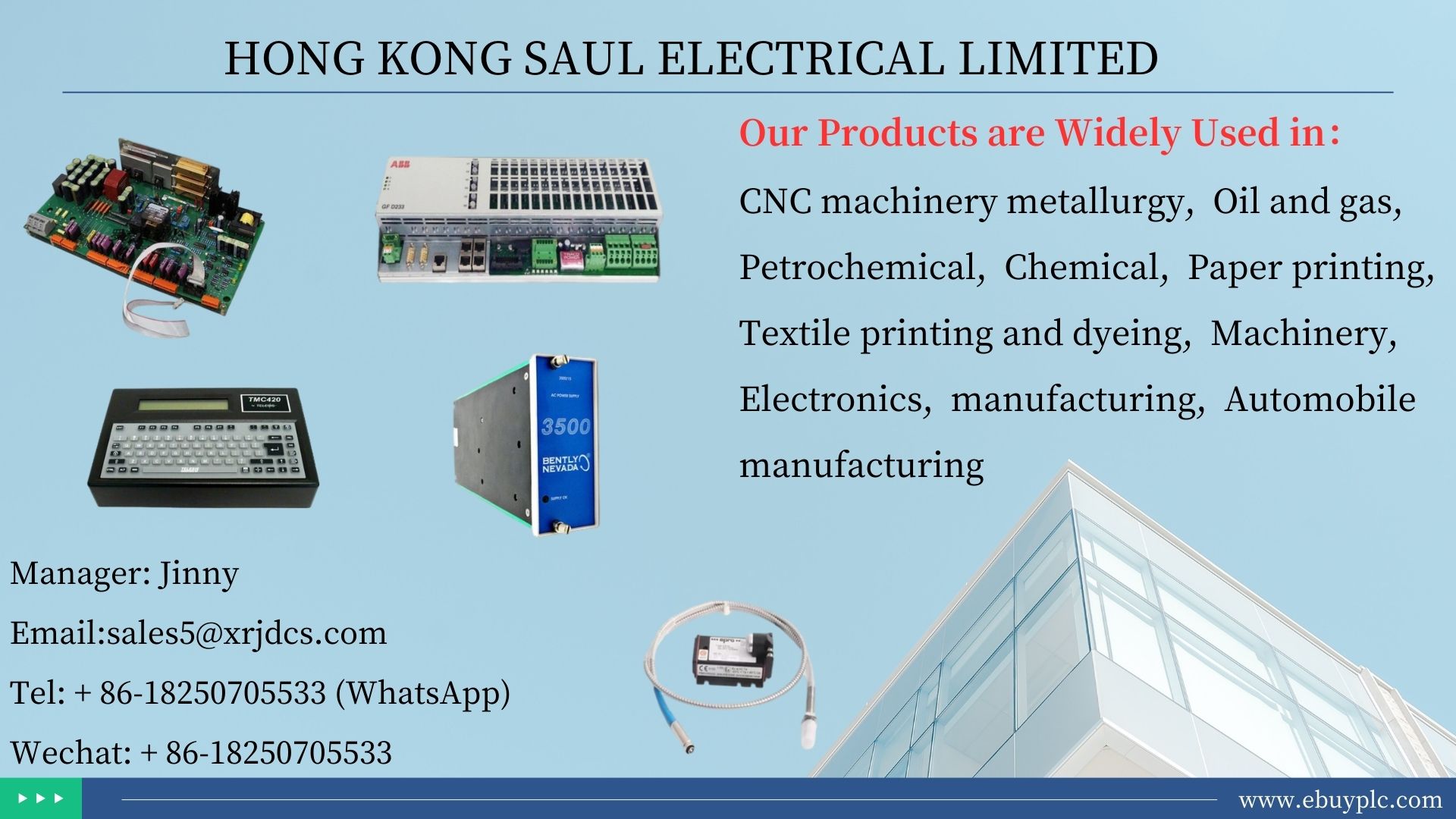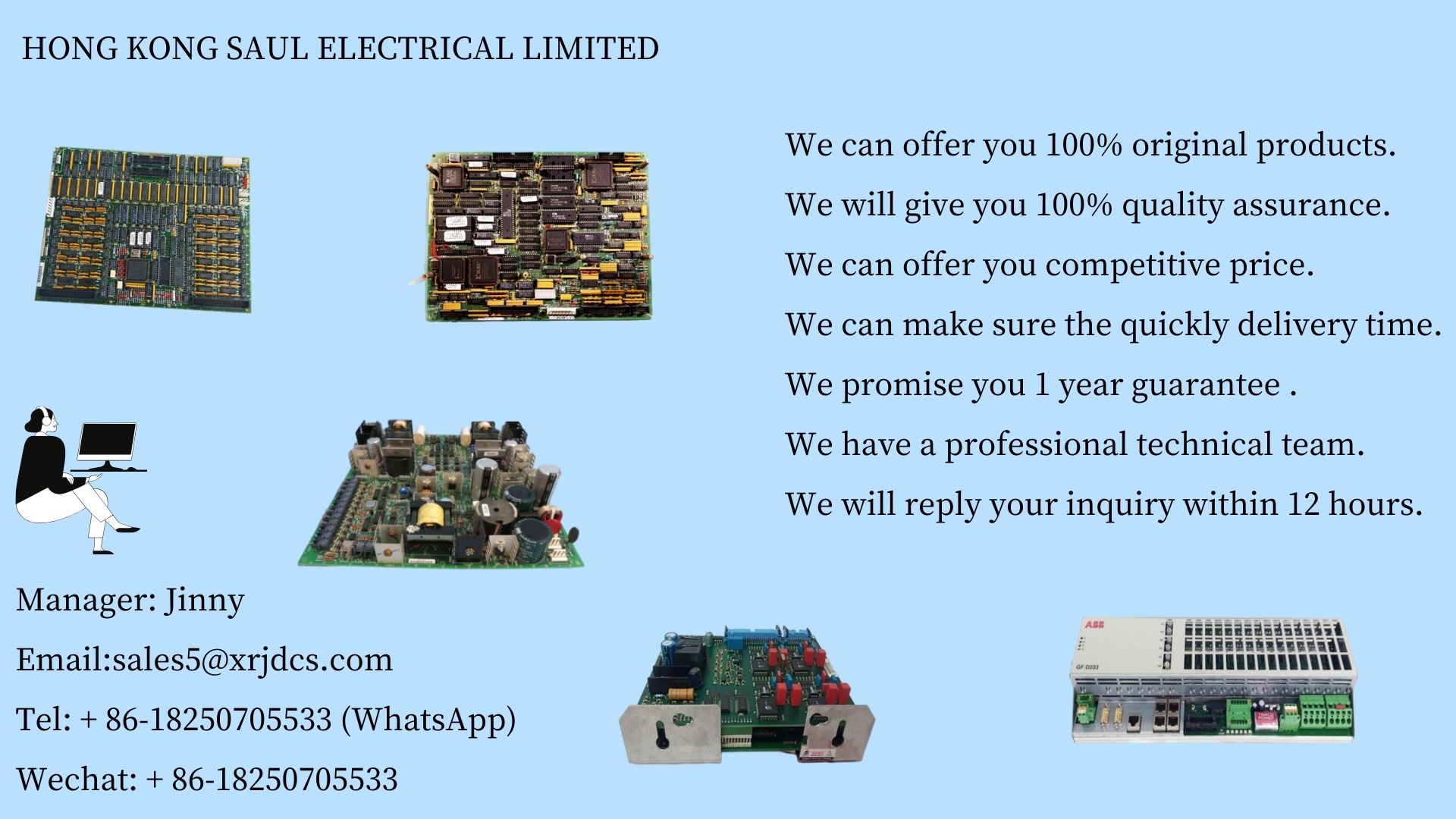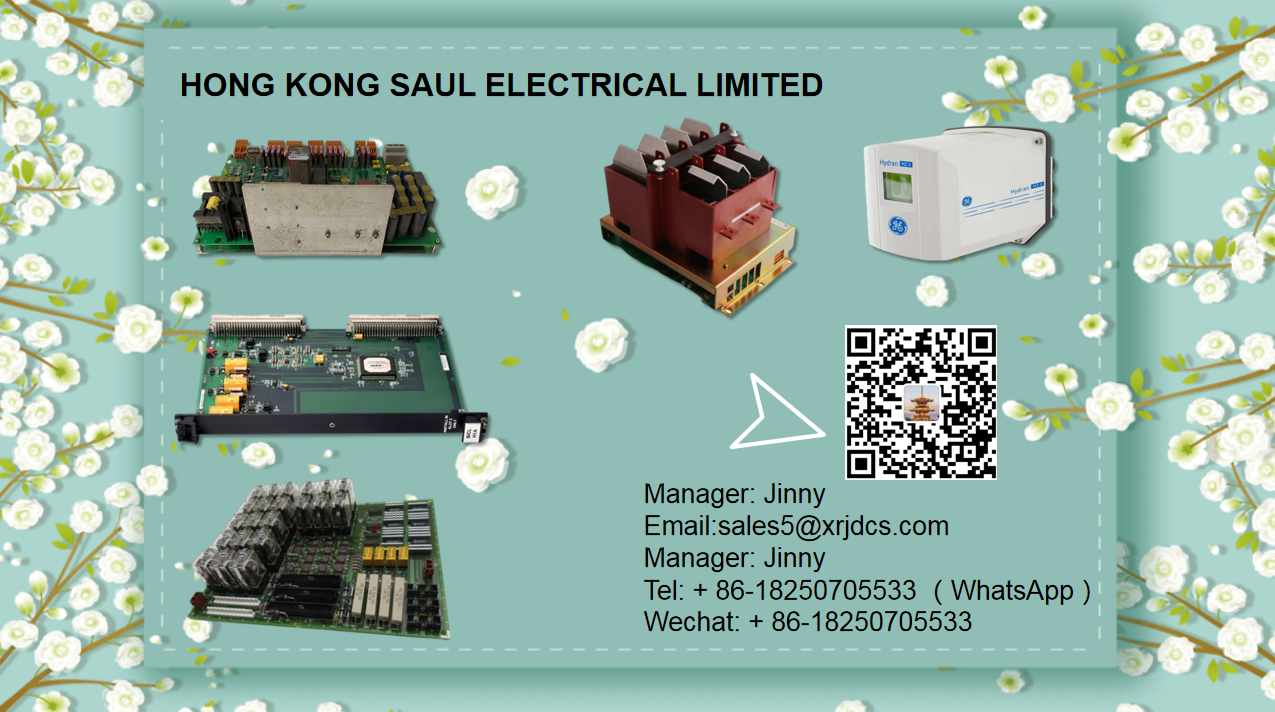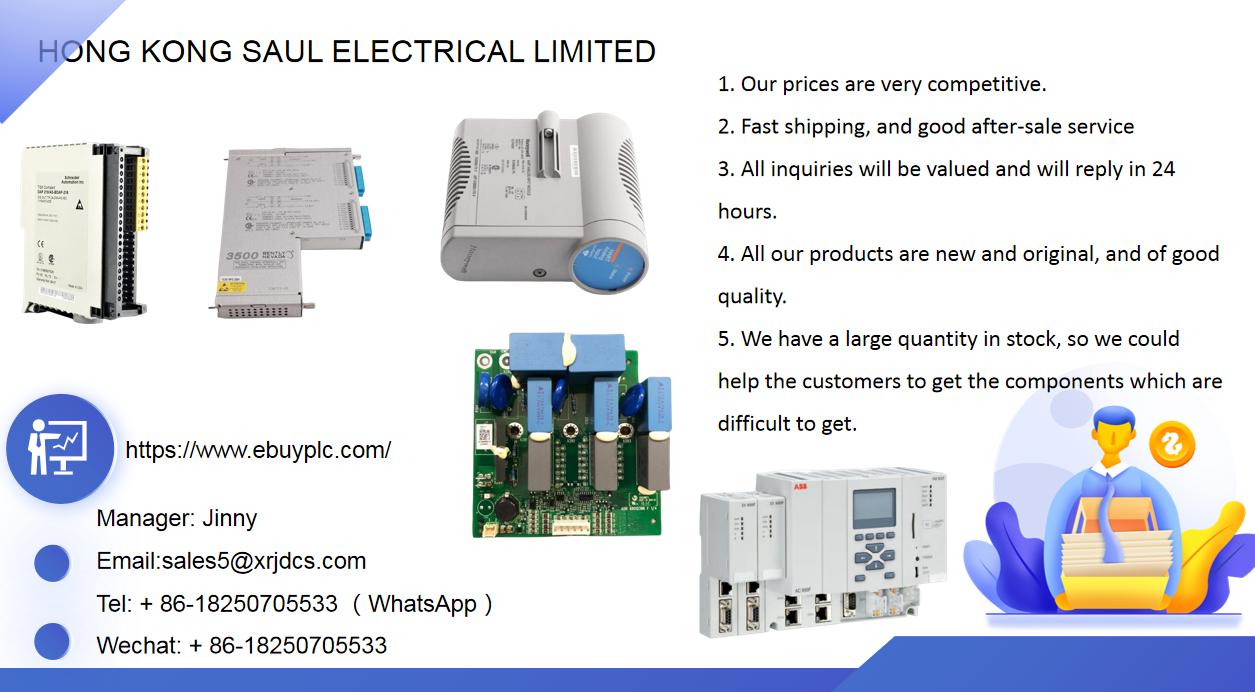0102030405
10 Tips to Solve the Comprehensive Problems of PLC
2023-12-08
In recent years, with the development of society, PLC programmable controllers have been widely used in industrial production. At the same time, the application requirements of skilled personnel are also increasing year by year, so the requirements for the normal and stable operation of the system are also increasing.
The reliability of PLC products can be ensured, but some incorrect operations in application will have a certain impact. Today, I compiled some useful skills for our daily use of PLC, hoping that they can help us in our daily use of PLC.
(一) Grounding problems
The grounding requirements of PLC system are relatively strict. It is better to have an independent special grounding system, and pay attention to that other equipment related to PLC should also be firmly grounded. When multiple circuit addresses are connected together, unexpected currents will occur, leading to logic errors or circuit damage.
The reason for the occurrence of different grounding potentials is usually that the grounding addresses are separated too far in the physical area. When the devices that are far away are connected by communication cables or sensors, the current between the cable and the ground will flow through the entire circuit. Even in a very short interval, the load current of large devices can change between them and the ground potential, Or unpredictable current may occur directly through electromagnetic action.
Between the power supplies with incorrect addresses, there may be destructive current in the circuit, which may damage the equipment. PLC system generally adopts one point grounding method. In order to improve the ability to resist common mode disturbance, the shielding floating grounding skill can be selected for the analog signal, that is, the shielding layer of the signal cable is grounded at one point, the signal circuit is floating, and the insulation resistance with the ground should not be less than 50M Ω.
(二) Anti disturbance treatment
The environment of industrial sites is relatively harsh, with many high and low frequency disturbances. These disturbances are generally introduced into PLC through cables connected with field equipment. In addition to the grounding method, in the planning, selection and laying of cables, attention should be paid to the adoption of some anti-interference methods:
(1) The analog signal belongs to small signal, which is easily affected by external disturbance, so double-layer shielded cable shall be selected;
(2) Shielded cable shall be selected for high-speed pulse signal (such as pulse sensor, counting code disk, etc.) to avoid external disturbance and low-level signal disturbance caused by high-speed pulse signal;
(3) The frequency of communication cables between PLCs is high. Generally, cables provided by manufacturers should be used. Shielded twisted pair cables can be used when the requirements are not high;
(4) The analog signal line and DC signal line cannot be routed in the same slot with the communication signal line;
(5) It is necessary to ground the shield cables introduced and led in the control cabinet, which should be directly connected to the equipment without wiring terminals;
(6) Communication signal, DC signal and analog signal cannot share one cable, and power cable shall be laid separately from signal cable.
(7) During on-site maintenance, the methods to deal with disturbance include: selecting shielded cables for disturbed lines and laying them again; Add anti-interference filtering code in the program.
(三) Eliminate line to line capacitance to avoid maloperation
There is capacitance between each conductor of the cable, and qualified cables can limit this capacitance to a certain scale. Even if the cable is qualified, when the cable length exceeds a certain length, the capacitance between the lines will also exceed the required value. When the cable is used for PLC input, the capacitance between the lines may cause PLC misoperation, and many unknown phenomena will occur.
These phenomena are mainly shown as follows: the exposed wiring is correct, but the PLC has no input; There should be no input of PLC, but there should be no input of PLC, that is, PLC inputs disturb each other. To deal with this problem, we should:
(1) Cables with cable cores twisted together;
(2) Shorten the length of the applied cable as far as possible;
(3) Separate the input cables that disturb each other;
(4) Use shielded cables.
(四) Selection of output modules
Output modules are divided into transistor, bidirectional thyristor and contact type:
(1) The switching speed of transistor type is the fastest (generally 0.2ms), but the load can be the smallest, about 0.2~0.3A, 24VDC. It is suitable for fast switching, signal contact equipment, and generally connected with frequency conversion, DC devices and other signals. Pay attention to the impact of transistor leakage current on the load.
(2) The advantage of silicon controlled rectifier is that it has no contact and communication load characteristics, so the load can be small.
(3) The relay output has AC and DC load characteristics, so the load can be large. Generally, relay contact type output is the first choice in conventional control. The disadvantage is that the switching speed is slow, generally about 10ms, which is not suitable for high-frequency switching.
(五) Frequency converter overvoltage and overcurrent treatment
(1) When the setting is reduced to make the motor run at a reduced speed, the motor will enter the regenerative power generation braking state, and the energy fed back by the motor to the frequency converter is also high. These energy will be stored in the filter capacitor, which will increase the voltage on the capacitor, and soon reach the setting value of DC over-voltage maintenance, causing the frequency converter to trip.
The treatment method is: add a braking resistor outside the frequency converter, and use the resistor to consume the regenerative power fed back to the DC side of the motor.
(2) The frequency converter is equipped with several small motors. When one of the small motors has overcurrent fault, the frequency converter will give an alarm for overcurrent fault, causing the frequency converter to trip, thus causing other normal small motors to stop working.
The handling method is: install a 1:1 isolation transformer on the output side of the frequency converter. When one or several small motors have overcurrent problems, the fault current DC impacts the transformer instead of the frequency converter, thus preventing the frequency converter from tripping. After the test, the operation is good, and there is no fault that the normal motor also stops.
(六) Mark input and output for easy maintenance
The PLC controls a chaotic system. All you can see is the top and bottom rows of staggered I/O relay terminal blocks, the corresponding indicator lights and the PLC number, just like a rare integrated circuit with ten legs. If anyone does not look at the schematic diagram to check and repair the faulty equipment, he will be helpless and the speed of finding the fault will be particularly slow.
In view of this situation, we draw a table according to the electrical schematic diagram, paste it on the equipment console or control cabinet, and mark the electrical symbol corresponding to the number of each PLC input and output terminal, the Chinese name, that is, the function description of each pin similar to the integrated circuit. With this I/O table, electricians who understand the operation process or are familiar with the ladder diagram of this equipment can open it for maintenance.
But for those electricians who are not familiar with the operation process and can't read the ladder diagram, they need to draw another table: PLC input and output logic function table. This table illustrates the logic correspondence between the input circuit (trigger element, associated element) and the output circuit (performance element) in most operation processes. Practice has proved that if you can skillfully use the I/O corresponding table and I/O logic function meter to repair electrical problems, you can also easily and freely without drawings.
(七) Infer faults through program logic
There are many kinds of PLCs that are often used in industry. For low-end PLCs, ladder diagram instructions are much the same. For high-end computers, such as S7-300, many programs are compiled with language tables. Useful ladder diagrams need to have Chinese symbol annotation, otherwise it is difficult to read. If you can roughly understand the equipment process or operation process before looking at the ladder diagram, it seems easier.
If the electrical fault analysis is carried out, it is generally to use the back check method or the reverse inference method, that is, find the output relay of the corresponding PLC from the fault point according to the input and output correspondence table, and start to back check the logical relationship of satisfying its action. Experience shows that once a problem is found, the problem can be eliminated, because there are not many problems with two or more equipment at the same time.
(八) PLC self fault judgment
Generally speaking, PLC is an extremely reliable equipment, with a low failure rate. The probability of hardware damage or software operation errors such as PLC and CPU is almost zero. The PLC input point would not be damaged if it was not caused by strong current invasion. The normally open point of PLC output relay would not be damaged if the peripheral load was not short circuited or the planning was not reasonable, the load current exceeded the rated scale, and the life of the contact would be very long.
Therefore, we should focus on the peripheral electrical components of the PLC when looking for electrical problems, and do not always doubt that there are problems with the PLC hardware or program. This is very important for fast repair of the defective equipment and rapid recovery of production. Therefore, the focus of the PLC control loop's electrical troubleshooting is not the PLC itself, but the peripheral electrical components in the loop controlled by the PLC.
(九) Make full and reasonable use of software and hardware resources
(1) The instructions that do not participate in the control cycle or have been put into operation before the cycle can not be connected to the PLC;
(2) When multiple commands control a mission, they can be connected in parallel outside the PLC and then connected to an input point;
(3) The internal functional software components of PLC shall be used as much as possible to fully call the intermediate state, so that the program has good consistency and is easy to develop. At the same time, it also reduces hardware investment and costs;
(4) If conditions permit, it is better to output each circuit independently to facilitate control and inspection, and also maintain other output circuits; When an output point fails, it will only cause the corresponding output circuit to be out of control;
(5) If the output is a forward/reverse controlled load, it is not only interlocked from the internal program of the PLC, but also adopted outside the PLC to avoid the load from acting in both directions;
(6) The PLC emergency stop shall be blocked with an external switch to ensure safety.
(十) Other precautions
(1) Do not connect the communication power line to the input terminal to avoid burning the PLC;
(2) The grounding terminal shall be grounded independently, not in series with other equipment grounding terminals, and the sectional area of grounding wire shall not be less than 2mm ;
(3) The auxiliary power supply has low power and can only drive small power equipment (photoelectric sensor, etc.);
(4) Some PLCs have a certain number of occupied points (i.e. blank address terminal blocks), so do not connect the lines;
(5) When there is no maintenance in the PLC output circuit, the fuse and other maintenance devices shall be used in series in the external circuit to avoid damage caused by load short circuit


